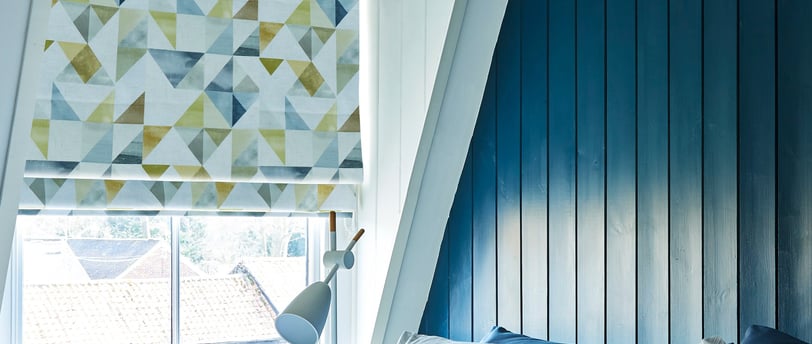Thermal Blinds
Keeping cool staying warm.
12/1/20241 min read


Window blinds can significantly influence heat management in a home or building. Here are some key effects:
Insulation: Blinds can provide an additional layer of insulation, helping to reduce heat loss during colder months. Closed blinds trap air, minimizing the amount of heat that escapes through windows.
Heat Regulation: Blinds can help regulate indoor temperatures by blocking direct sunlight during hot days, thereby reducing the amount of heat that enters a room and keeping it cooler.
Energy Efficiency: By controlling heat gain and loss, window blinds can improve energy efficiency, potentially reducing heating and cooling costs. This can lessen reliance on HVAC systems.
UV Protection: Blinds can shield furniture, carpets, and other interior finishes from harmful ultraviolet (UV) rays, which can cause fading and degradation. This helps maintain the aesthetic appeal of your interiors.
Ventilation Control: Some types of blinds (like Venetian or vertical blinds) allow you to control airflow without compromising privacy. This can help cool a room by facilitating air circulation.
Glare Reduction: By minimizing direct sunlight, blinds can reduce glare on screens and surfaces, making spaces more comfortable for working and relaxing.
Aesthetic Benefits: In addition to their functional roles, blinds can enhance the visual appeal of a room, contributing to a comfortable and cohesive atmosphere.
Choosing the right blinds and materials, such as light-coloured or thermal fabrics, can optimize these effects for better heat management.
We Cover
Ely
And surrounding areas
AW Shutters & Blinds
07855 919 780
March
Elm Road
© 2025. All rights reserved.
Cambridgeshire
Call Andy direct: 07855 919 780
Contact Us
Phone/WhatsApp
